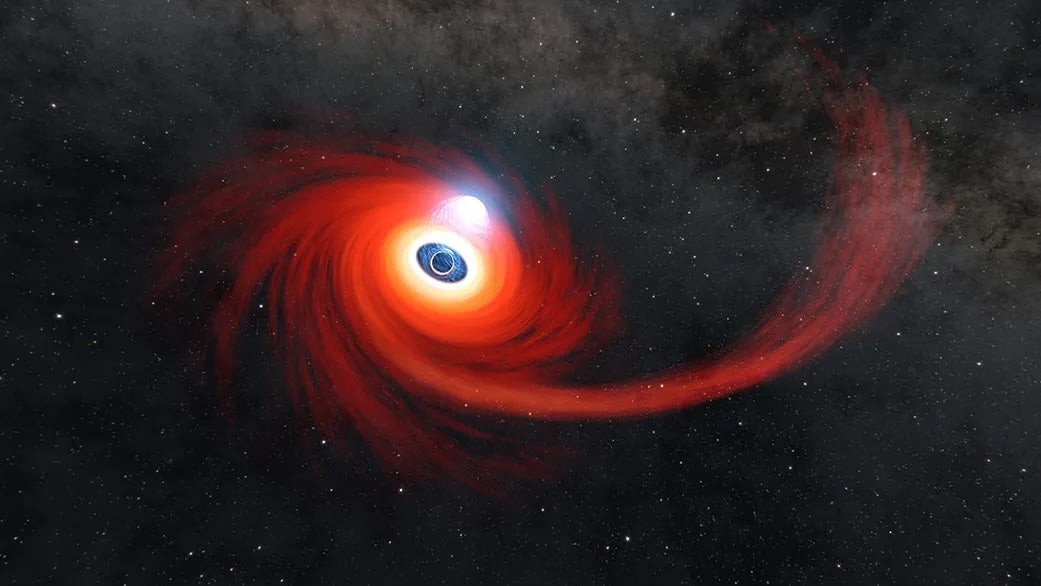There might be far more supermassive black holes hiding around us than we thought, scientists warn

Your support helps us to tell the story
From reproductive rights to climate change to Big Tech, The Independent is on the ground when the story is developing. Whether it's investigating the financials of Elon Musk's pro-Trump PAC or producing our latest documentary, 'The A Word', which shines a light on the American women fighting for reproductive rights, we know how important it is to parse out the facts from the messaging.
At such a critical moment in US history, we need reporters on the ground. Your donation allows us to keep sending journalists to speak to both sides of the story.
The Independent is trusted by Americans across the entire political spectrum. And unlike many other quality news outlets, we choose not to lock Americans out of our reporting and analysis with paywalls. We believe quality journalism should be available to everyone, paid for by those who can afford it.
Your support makes all the difference.The universe could be home to far more supermassive black holes than we realised, according to new research.
Many of them are hidden beyond our view, the researchers suggest – which might mean that we have dramatically undercounted how many swirling voids are present in our cosmos.
Astronomers from the University of Southampton say that 35% of these galactic giants - some which are billions of times heavier than the sun - have gone undiscovered because they are obscured by thick clouds of gas and dust.
This number had previously been estimated to be about 15%.
Professor Poshak Gandhi, co-author of the study published in the Astrophysical Journal, said: “Black holes are the most mysterious objects in the universe and are present everywhere - yet we still don’t fully know how they evolve.
“We’ve found that many more are lurking in plain sight - hiding behind dust and gas rendering them invisible to normal telescopes.
“This is the first time we have a highly refined census of black holes growing by consuming interstellar material surrounding them.”
He added: “If we didn’t have a supermassive black hole in our Milky Way galaxy, there might be many more stars in the sky.
“That’s just one example of how black holes can influence a galaxy’s evolution.”
The team of scientists used data taken from Nasa’s InfraRed Astronomy Satellite and the X-ray space telescope NuSTAR to analyse infrared emissions from clouds surrounding supermassive black holes.
Prof Gandhi added: “Though black holes are dark, surrounding gas heats up and glows intensely, making them some of the brightest objects in the universe.
“Even when hidden, the surrounding dust absorbs and re-emits this light as infrared radiation, revealing their presence.
“X-rays provide a complementary view peering through the veiling gas, much like a medical X-ray scan allows a doctor to peer through to our insides.”
The team say that finding out the number of hidden black holes compared with the number of known ones could help understand how they grow to such a size.
Lead author Dr Peter Boorman, formerly of the University of Southampton and now at Caltech, in Pasadena, California, explained: “Black holes also influence the galaxies they live in - this happens because they are surrounded by massive clouds of gas and dust and can consume vast amounts of material.
“If too much falls toward a black hole, it starts coughing up the excess and firing it back out into the galaxy. That can disperse gas clouds within the galaxy where stars are forming, slowing the rate of star formation.”
Additional reporting by agencies
Join our commenting forum
Join thought-provoking conversations, follow other Independent readers and see their replies
Comments